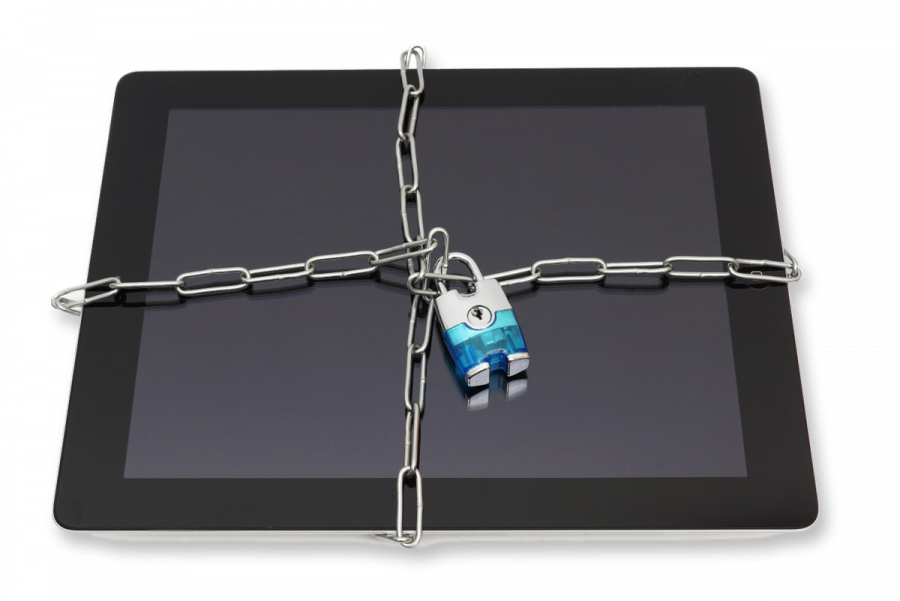Adobe Digital Publishing Suites (DPS) is changing everything. Over the past few years, ProLitho Creative has been working to transform from a print-based design department to one that fully integrates both print and electronic media. As an 8-year member of the department, I’ve been working to transition right along with it. A few months ago, I was assigned to our first big Adobe DPS project. As I took my very own iPad out of its box for the first time, I felt ready and excited. I have a smartphone. I work on a Mac all day. I can do this.
Now how do I turn this thing on…
In truth, I found the iPad to be both intuitive, and not at all. Certain things, like downloading and opening apps were easy enough. But, when I wanted to close an app? I had to Google it.
In a lot of ways, the same can be said about Adobe DPS. It’s intuitive, but not. It’s a simple concept – using Adobe InDesign software, which all print professionals are familiar with, to turn print pieces into apps. And, it can be used just that simply. Without much additional effort or deep technical know-how, it can be used to create digital pieces with articles and pages that read like any printed brochure, catalog, or magazine.
But as our team delved further into the world of Adobe DPS, we discovered that it can be used for so much more. It can take a print piece and fill it so full of slide shows, videos, and hyperlinks that it becomes unrecognizable. And, it can incorporate so many swipes, buttons, and navigation options that it makes your head spin.
As our team worked through our project, we discovered that the key was in finding balance. Making a piece feel new, interesting, and engaging while keeping it navigable, readable, and understandable.
As a print professional, making the leap to Adobe DPS offered some challenges. No longer could you simply cut, add, or move content. With the addition of digital interaction, everything becomes interrelated, and simple changes aren’t always so simple. But, using DPS also offered some amazing new advantages. For one, an app is never really “done.” It’s never too late to catch a mistake and fix it. It took me a long time to wrap my head around that fact, but now that I’m there, it’s hard to go back.
